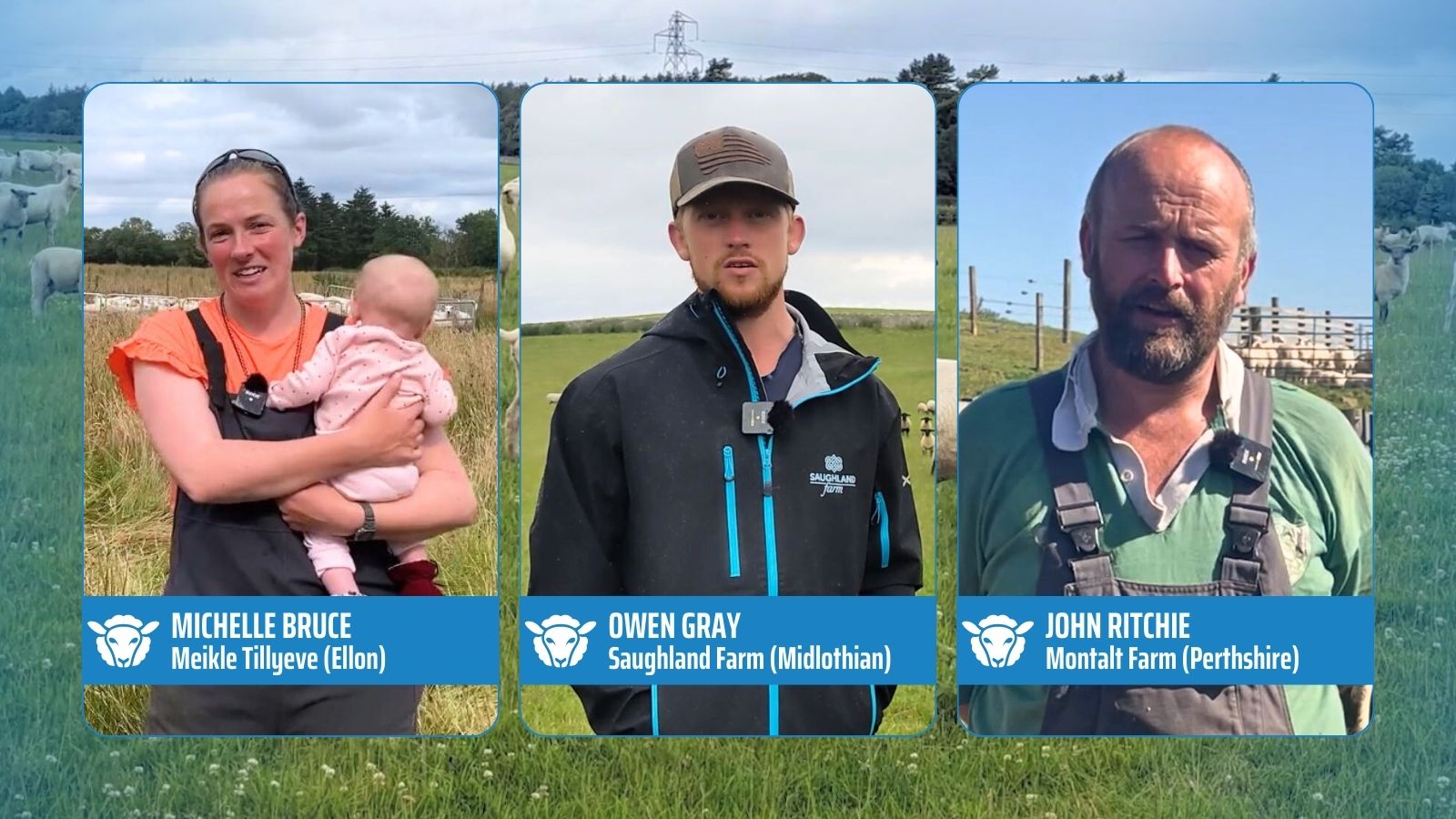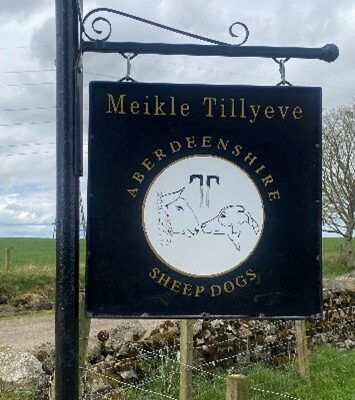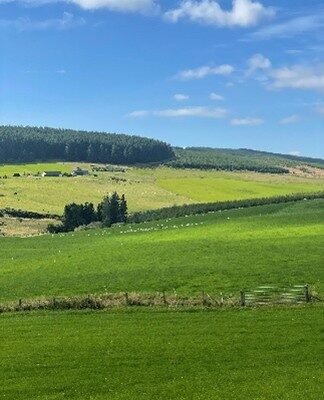Restoring Nature Across Luing and Scarba
27 September 2024The Island of Luing in Argyll has for centuries been a centre for agriculture and food production. Formerly referred to as the breadbasket of Argyll it is still a heavily farmed landscape keenly focused on food production. Whilst Luing has a rich history in this respect, the negative result is that its natural history, biodiversity, native woodlands, water quality and landscape diversity have suffered.

Across the Sound of Luing, the adjacent Island of Scarba contrasts hugely to Luing in topography, biodiversity and land use but has its own set of concerns, the addressing of which will contribute to maintaining its flora and fauna for generations in the future to enjoy. Currently peatland degradation and over-browsed existing woodlands pose a threat to the long-term biodiversity of the island and a catastrophic loss of sequestered carbon.
Two different islands, with two different problems and challenges all within a single landscape. An ambitious landscape-scale project, funded by NatureScot’s ‘Nature Restoration Fund’ aimed to address these issues by enhancing habitat variety and biodiversity whilst ensuring these are well connected with as many habitat linkages as possible.

Having a robust and diverse network of habitats means Luing and Scarba can, at conservation level, resist the greatest impacts of climate change and build their climate change resilience.

The Luing Landscape Plan
The Island of Luing is blessed with fertile agricultural land that has been extensively used for beef and lamb production for several centuries. However, this has been at the detriment of native woodland creation and subsequently habitat creation and biodiversity. This is acutely apparent in areas of region 1 land where fertile grazing is particularly important.
So, what can be done?
- Creating an extensive 9km range of habitat linkages measuring 4m in width of wildflowers, shrubs and trees. By following existing field margins, habitat linkages can be sympathetic to the existing agricultural practices. The aim was to provide habitats and protect species such as the Forester moth, a UK BAP priority species not found in many places in Scotland, Marsh Fritillary butterfly and Narrow Bordered Bee Hawk moths.
- 16.5ha of Atlantic woodland restoration. These Hazelwoods are one of Scotland’s most ancient woodlands and support a number of UK BAP species, such as the important Hazel gloves fungus. Extending this woodland through natural regeneration has a very high conservation value.
- 15,000 square feet of pond habitat creation. Agricultural land on Luing has been the target of extensive drainage projects over the years and the island benefits from few pond and wetland habitats. The new native grassland surrounding the pond benefits pollinators, such as the common carder bee and the buff tailed bumblebee, while small-scale tree planting aids in bank stabilisation and, in the long term, will provide leaf litter for the pond and the surrounding area. By keeping tree planting sparse the threat of predation from corvids on ground nesting birds can be mitigated against.

Scarba Species Conservation
On Scarba, landscape-scale restoration focusses on the restoration of an existing, if depleted, Caledonian Scots pine forest and the rehabilitation of its hill loch ecosystems.

So, what can be done?
- 1ha of new wetland habitat creation. The hill lochs of Scarba are surrounded by a monoculture with little diversity. Brought on by decades of over grazing there is extremely limited woodland habitat surrounding either of the two lochs restored in this section of the project. Native trees, shrubs and wildflower plantations established on sections of existing lochside provide shade for invertebrates and fish stocks and reduce water temperatures, and create a habitat that will encourage insect and aquatic life to thrive such as Forester moths and Marsh Fritillary.
- Restoration of a largely depleted native Scot’s pinewood and peatland, involving the use of NoFence collars to manage grazing, ensuring sensitive peatland is avoided.

- A robust Deer Management Plan has been put in place to maximise natural regeneration and reduce browsing pressure on the pine wood and hill loch habitat.

What is the role of livestock in conservation?
Luing is known for its cattle. First created by brothers Ralph, Denis and Shane in 1947, Luings were bred using two types of cattle; the Highland cow and the Beef Shorthorn bull. The resulting Luing was the first new breed of cattle to be developed in Britain for over 100 years. The Highland was chosen as it contributes the hardiness seen in the breed today and the Shorthorn because of its fleshing qualities and flavour of meat. The breed was officially recognised by the British Government in 1966.

Cattle on Luing are outwintered and are ideally suited to act as conservation grazers across the landscape.
Utilising ‘NoFence’ collars allows cattle grazing to be targeted and enables controlled stock grazing across the landscape for the benefit of biodiversity whilst also fighting against encroachment from species like gorse and whins.

Key Messages
- Working at landscape scale can bring about the maximum benefits to biodiversity and production.
- Aim to improve the quality and area of natural and semi-natural habitats, and increase links between habitats.
- Grazing sensitively is essential to improve, maintain and enhance habitats.
- The Nature Restoration Fund can help tackle the nature and climate crises.
All photos courtesy of Archie Cadzow.
Related Resources
https://www.nature.scot/funding-and-projects/scottish-government-nature-restoration-fund-nrf
Sign up to the FAS newsletter
Receive updates on news, events and publications from Scotland’s Farm Advisory Service








